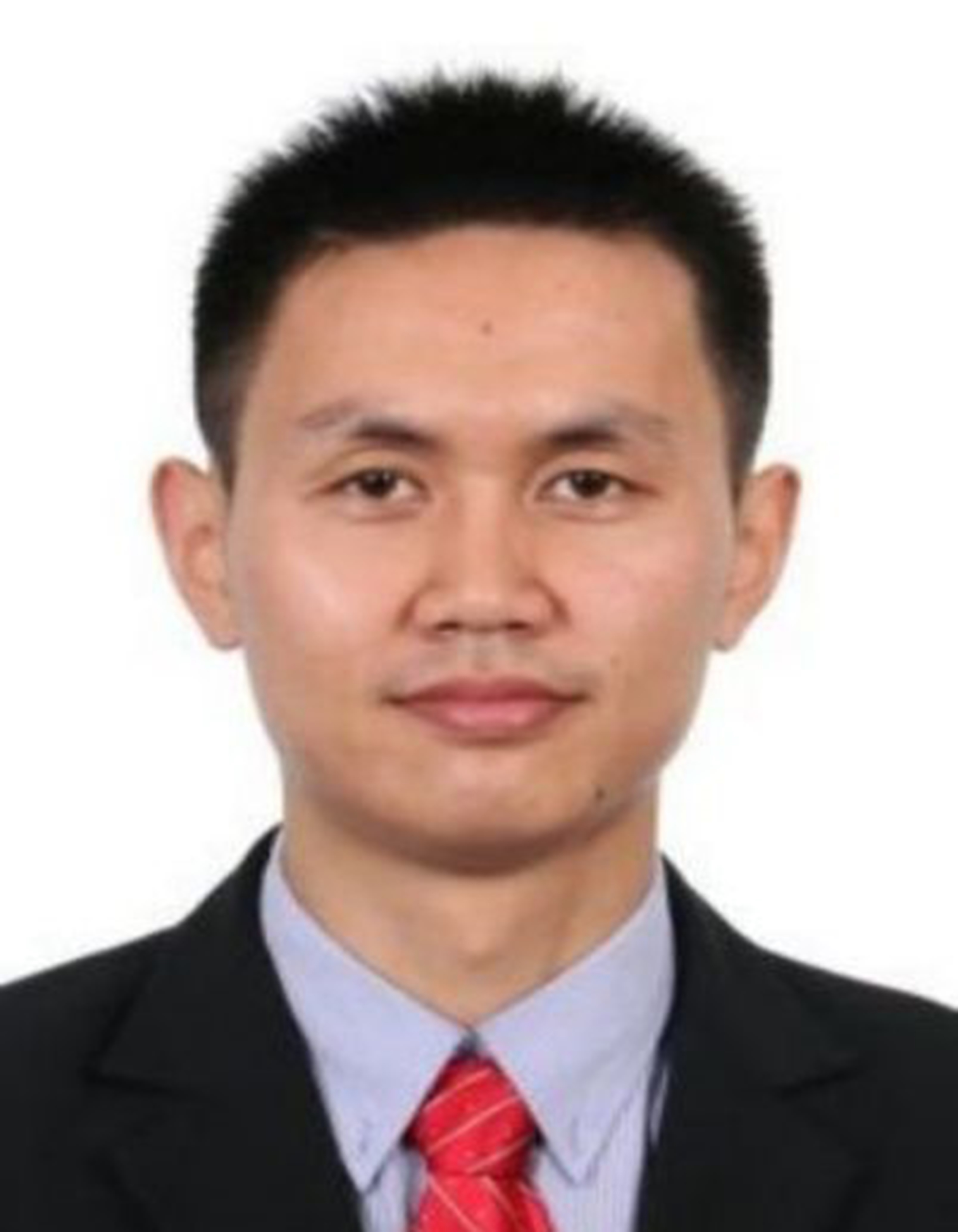江峰,1984年生,籍贯江西南城,中国医学科学院病原生物学研究所研究员,博士生导师。2001年考入中山大学生物技术专业,2005年获得学士学位。2006年开始在北京大学生物化学与分子生物学专业攻读博士学位,从事细菌调控蛋白的研究。2012年进入中国医学科学院病原生物学研究所进行博士后工作,主要研究病原菌的致病机制及其改造应用。2015年为助理研究员。2016年升为副研究员。


江峰
中国医学科学院病原生物学研究所
助理教授
2021-07-01
基础医学
病原生物学
jiangfenguva@126.com
江峰,1984年生,籍贯江西南城,中国医学科学院病原生物学研究所研究员,博士生导师。2001年考入中山大学生物技术专业,2005年获得学士学位。2006年开始在北京大学生物化学与分子生物学专业攻读博士学位,从事细菌调控蛋白的研究。2012年进入中国医学科学院病原生物学研究所进行博士后工作,主要研究病原菌的致病机制及其改造应用。2015年为助理研究员。2016年升为副研究员。
主要从事病原菌分泌系统作用机制及改造应用的研究。以多种病原菌为研究对象,揭示其分泌毒力因子在原核和真核细胞的起效机理,并通过构建细菌分泌系统复合物为高效细胞转运和靶向治疗提供新的递送载体。
1. F. Jiang#*, J. Shen#, J. Cheng#, X. Wang, J. Yang, N. Li, N. Gao, and Q. Jin*, N-terminal signal peptides facilitate the engineering of PVC complex as a potent protein delivery system. Science Advances, 2022. 8(17): p. eabm2343. (IF=14.972) 2. X. Wang#, J. Cheng#, J. Shen, L. Liu, N. Li, N. Gao, F. Jiang*, and Q. Jin*, Characterization of Photorhabdus Virulence Cassette as a causative agent in the emerging pathogen Photorhabdus asymbiotica. Science China Life Sciences, 2022. 65(3): 618-630.(IF=10.420) 3. X. Wang, J. Shen, F. Jiang*, and Q. Jin*, The Photorhabdus Virulence Cassettes RRSP-Like Effector Interacts With Cyclin-Dependent Kinase 1 and Causes Mitotic Defects in Mammalian Cells. Frontiers in Microbiology, 2020. 11: 366. (IF=5.640) 4. F. Jiang#, N. Li#, X. Wang#, J. Cheng#, Y. Huang, Y. Yang, J. Yang, B. Cai, Y. P. Wang, Q. Jin*, and N. Gao*, Cryo-EM Structure and Assembly of an Extracellular Contractile Injection System. Cell, 2019. 177(2): 370-383 e15. (IF=38.637) 5. F. Jiang#, X. Wang#, B. Wang, L. Chen, Z. Zhao, N. R. Waterfield, G. Yang*, and Q. Jin*, The Pseudomonas aeruginosa Type VI Secretion PGAP1-like Effector Induces Host Autophagy by Activating Endoplasmic Reticulum Stress. Cell Reports, 2016. 16(6): 1502-9. (IF=8.282) 6. X. Wang#, F. Jiang#, J. H. Zheng#, L. H. Chen#, J. Dong, L. L. Sun, Y. F. Zhu, B. Liu, J. Yang, G. W. Yang*, and Q. Jin*, The outer membrane phospholipase A is essential for membrane integrity and type III secretion in Shigella flexneri. Open Biology, 2016. 6(9): 160073. (IF=3.481) 7. F. Jiang#, N. R. Waterfield, J. Yang, G. Yang*, and Q. Jin*, A Pseudomonas aeruginosa Type VI Secretion Phospholipase D Effector Targets Both Prokaryotic and Eukaryotic Cells. Cell Host & Microbe, 2014. 15(5): 600-10. (IF=12.328, C100)